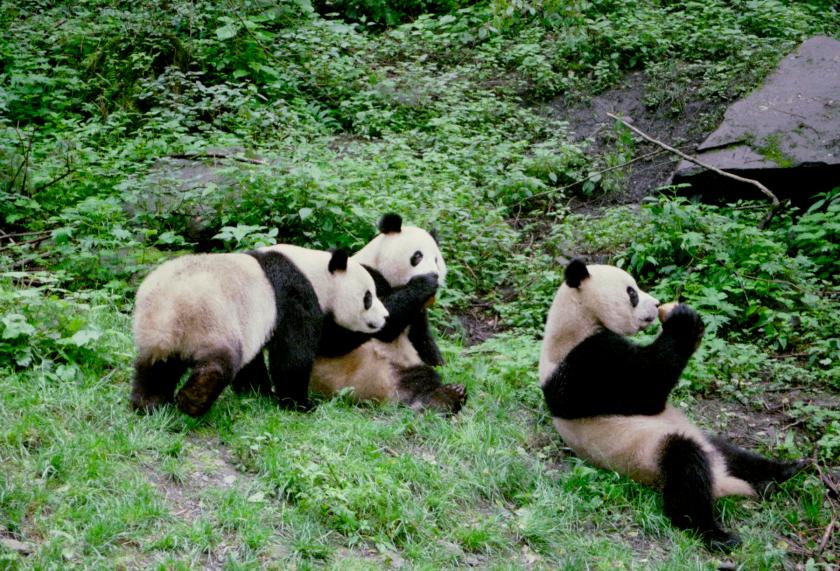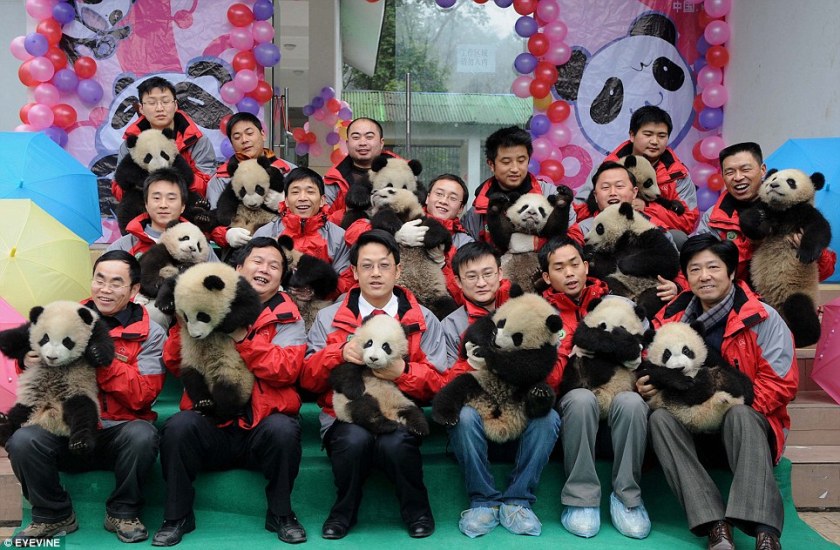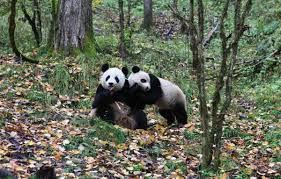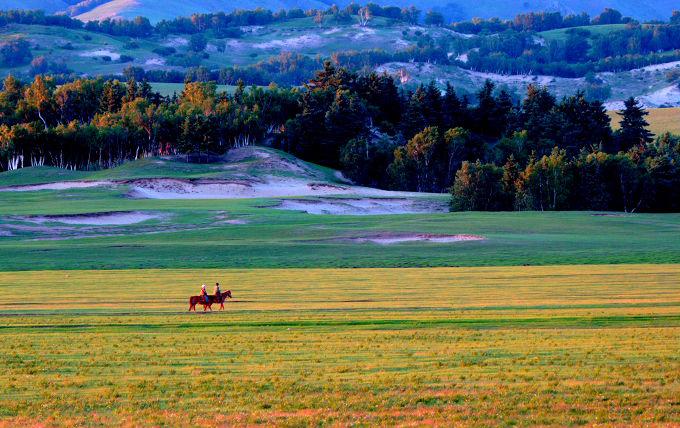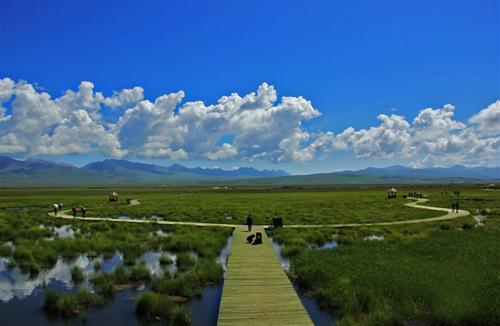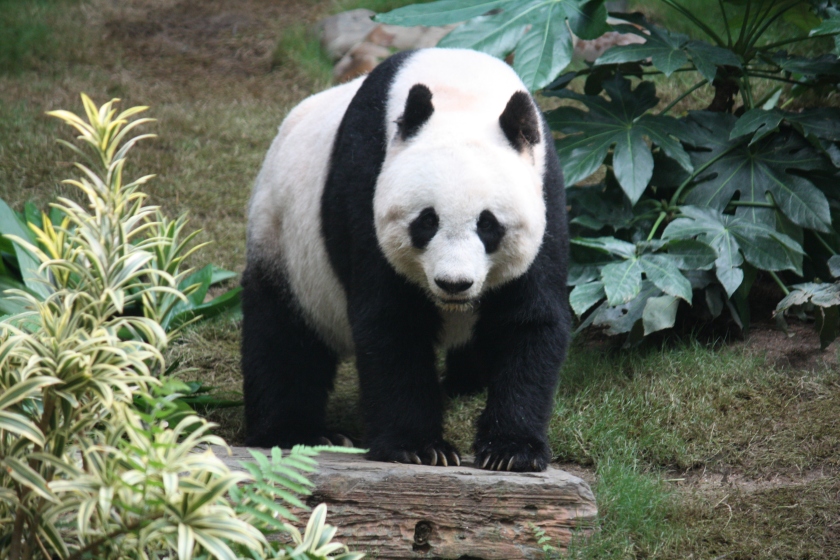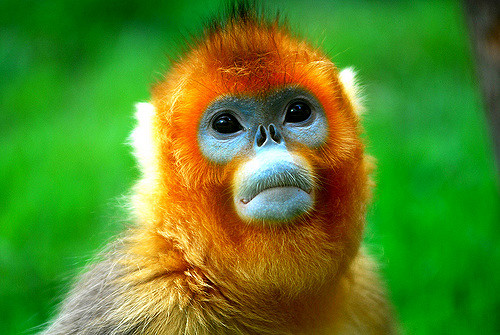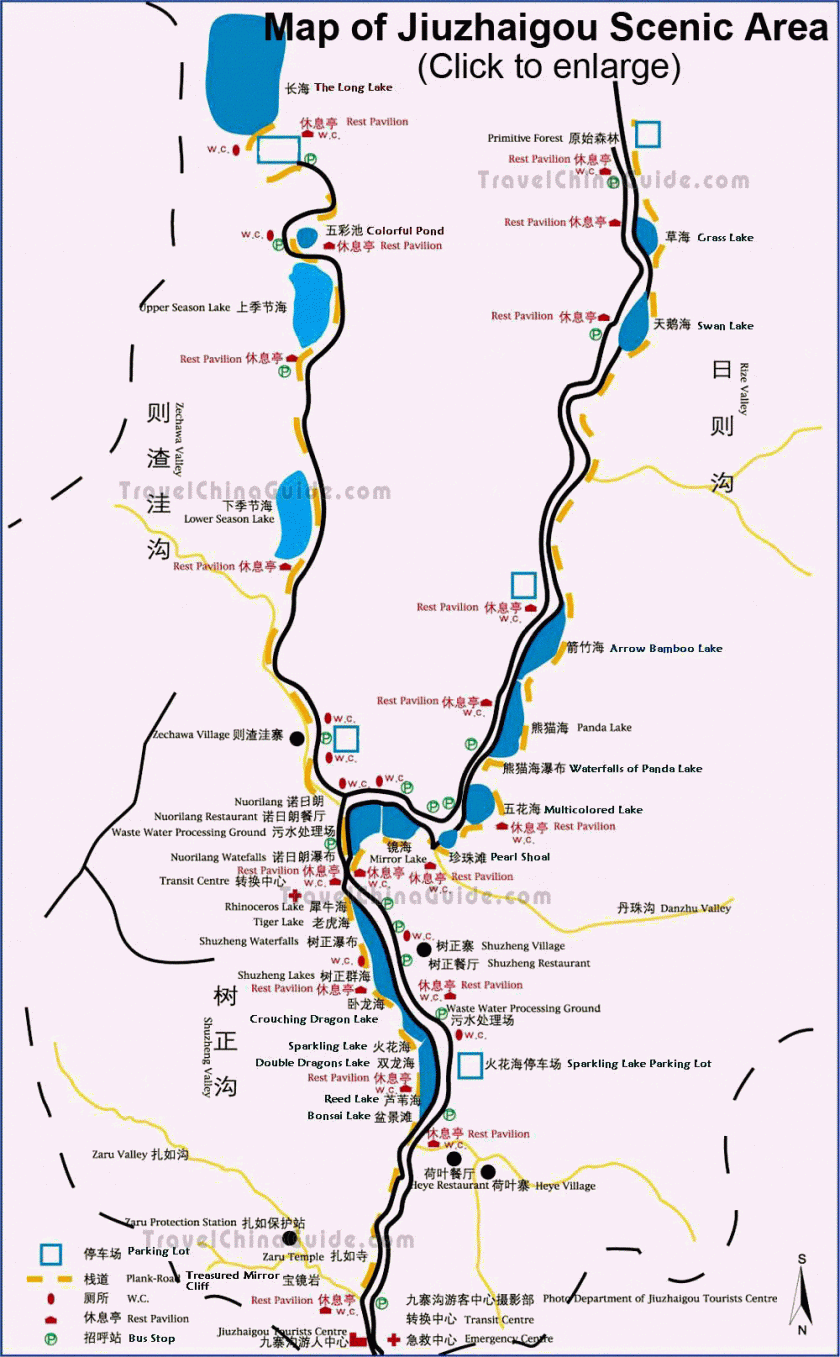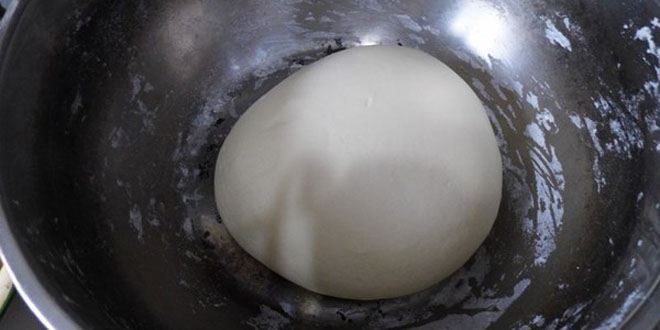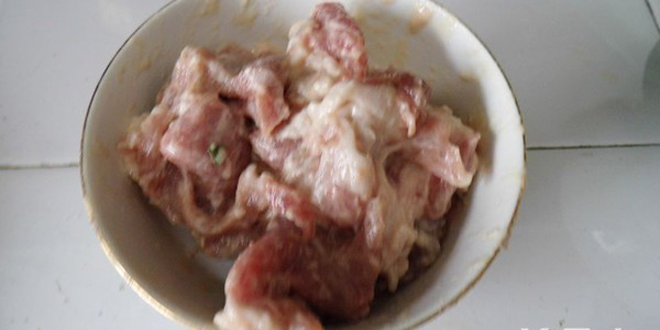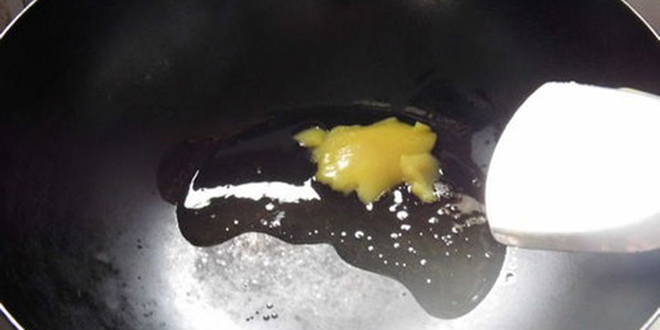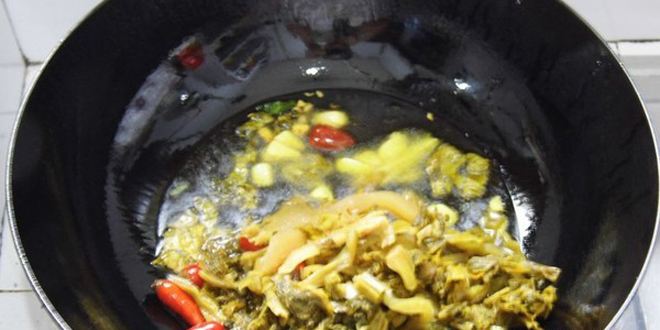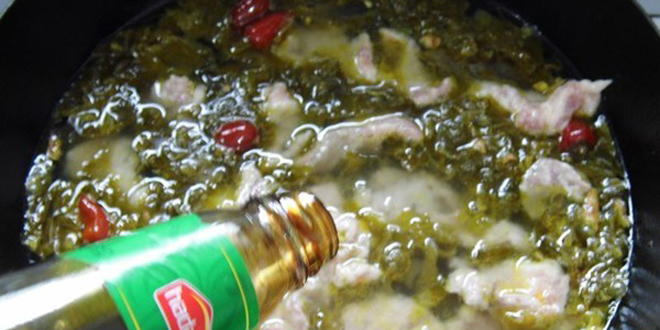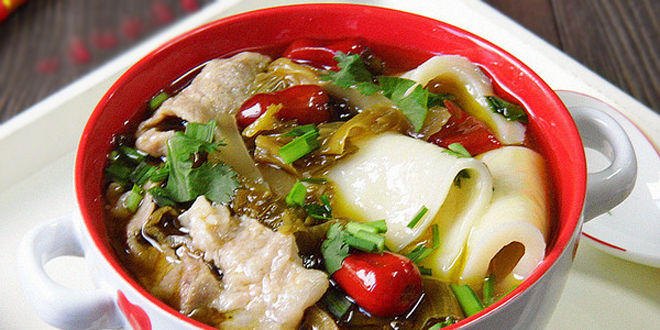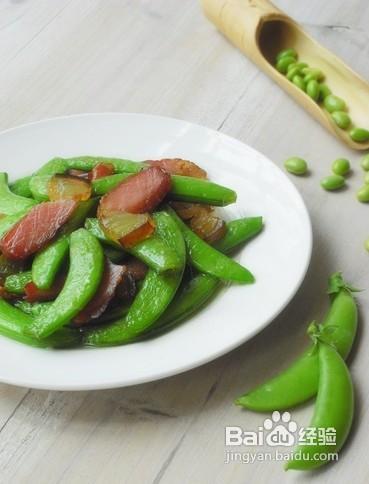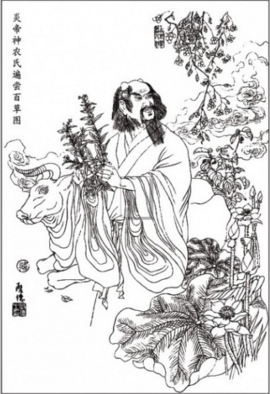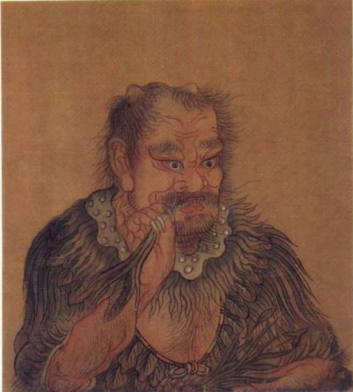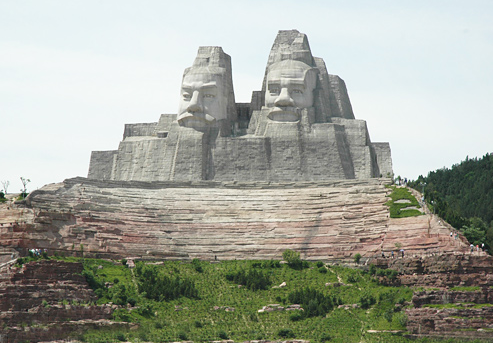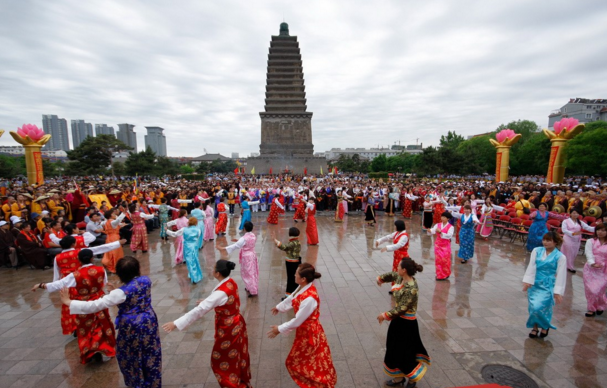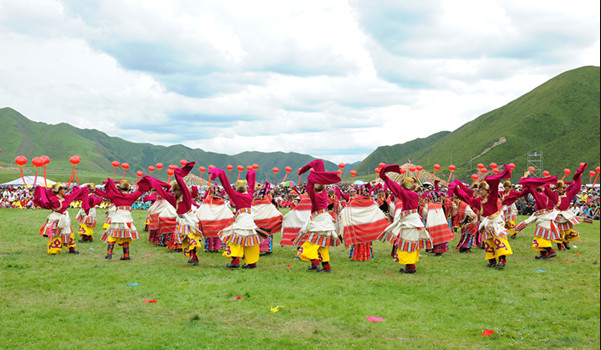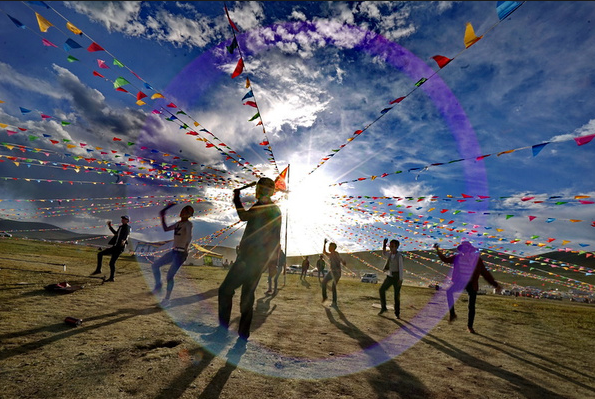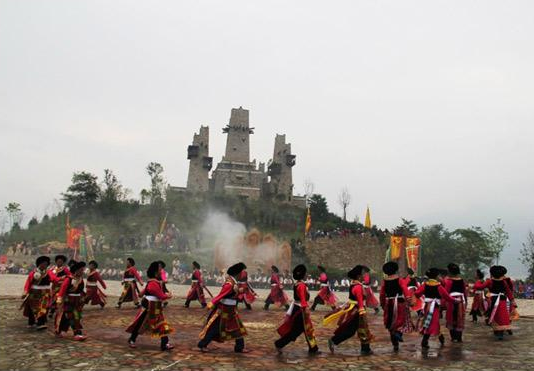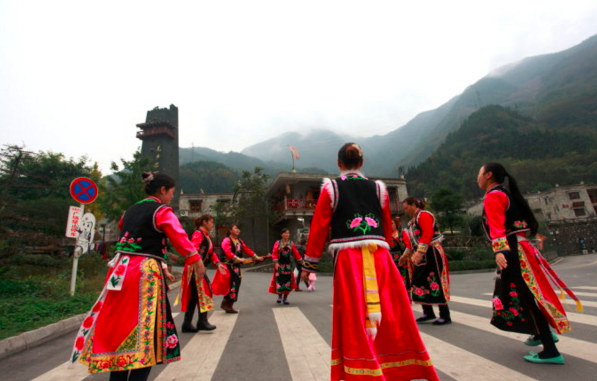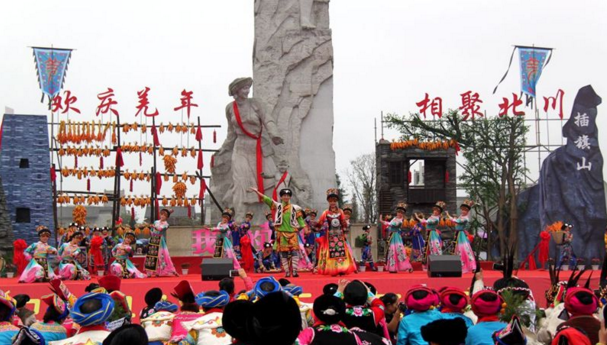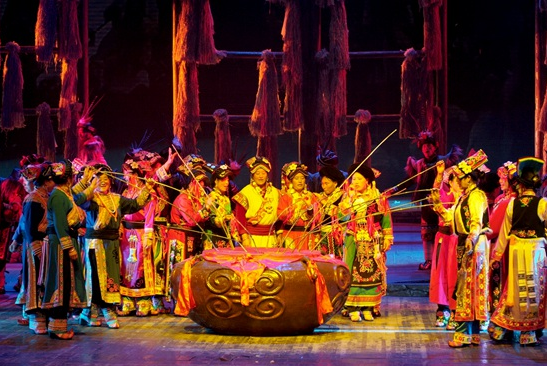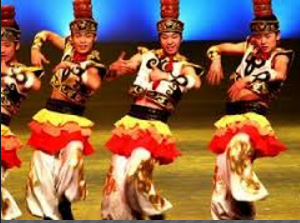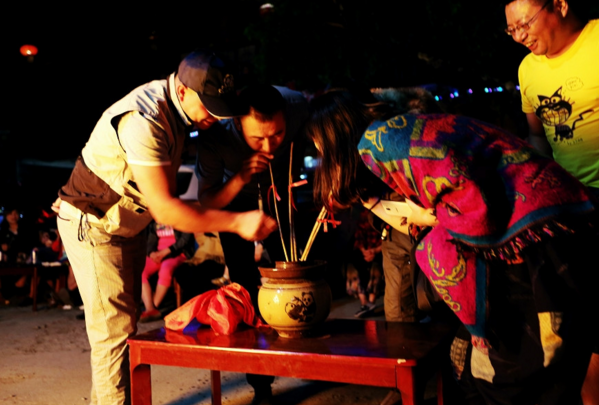Guo En Liu (“刘国恩“), born in 1958, is the first Qiang doctor, also the first Qiang who got a master degree. His college major was in mathematics, and he graduated (from Southwest University for Nationalities) in 1982. Liu also had participated in doctoral research at Harvard University in the United States, and was once a professor at Peking University in China.
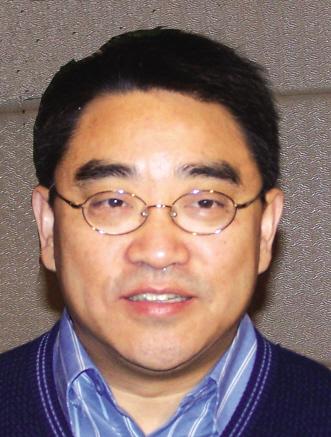
(Picture resource: edu.qq.com)
Liu is well-known for his down-to-earth characteristic. He was born in Wenchuan County, Sichuan, China. Liu’s mother is also Qiang, but his father is Han, who was exiled to Wenchuan County in 1950s. To Liu, he wasn’t raised in a very rich family, so when Liu was a child, he wanted to become a doctor (at that time, he wanted to become a medical doctor in a hospital instead of getting a doctoral degree) in his future. Liu started to sell some not-so-complex Chinese medicine (Chinese medical herbs) when he was sixteen but could not even earn the respect that he deserved (at that time, the local people were not very nice to any financially poor people). Liu worked very hard, and was very sad about what he saw and encountered – poor people couldn’t easily find a way for living.
The first opportunity for Liu to fulfill his wish was that Chinese government decided to implement the National Higher Education Entrance Examination (an standard entrance exam that every college applicant needs to take after graduating from high school) system, which made Liu be able to compete much fairly againstother students who are more wealthier than him. By the way, Liu is a smart, and very hard working student, and he got the best exam result in his county.
Unfortunately, the outstanding academic performance didn’t make him able to get an admission to any medical college in China – these medical colleges required not only exam result from every applicant. Liu almost felt despair when he knew that he got rejected by the medical college he wanted to go to. That was his biggest wish when he was a child.
However, while being very upset about losing the way to enter the medical college, Liu got the admission from Southwest University for Nationalities for mathematic major. Southwest University for Nationalities is a college that has strong concern in applicant’s academic performance and the entrance exam result, which became an alternative for Liu.
When learning mathematics at Southwest University for Nationalities, Liu also became interested in economics. After getting a BA in mathematics, Liu entered Southwestern University of Finance and Economics in China and started studying economics, and became a teacher at the same university after getting his master degree in economics. And after less than two years, because of his extraordinary performance, he got financial support by government and went to City University of New York in the United States, and go his PhD in economics.
Liu had taught at many universities in China, also was once an assistant professor at University of Southern California in 1994, and became a full-time professor back in China in 2006.
-Culture Fanatic-
